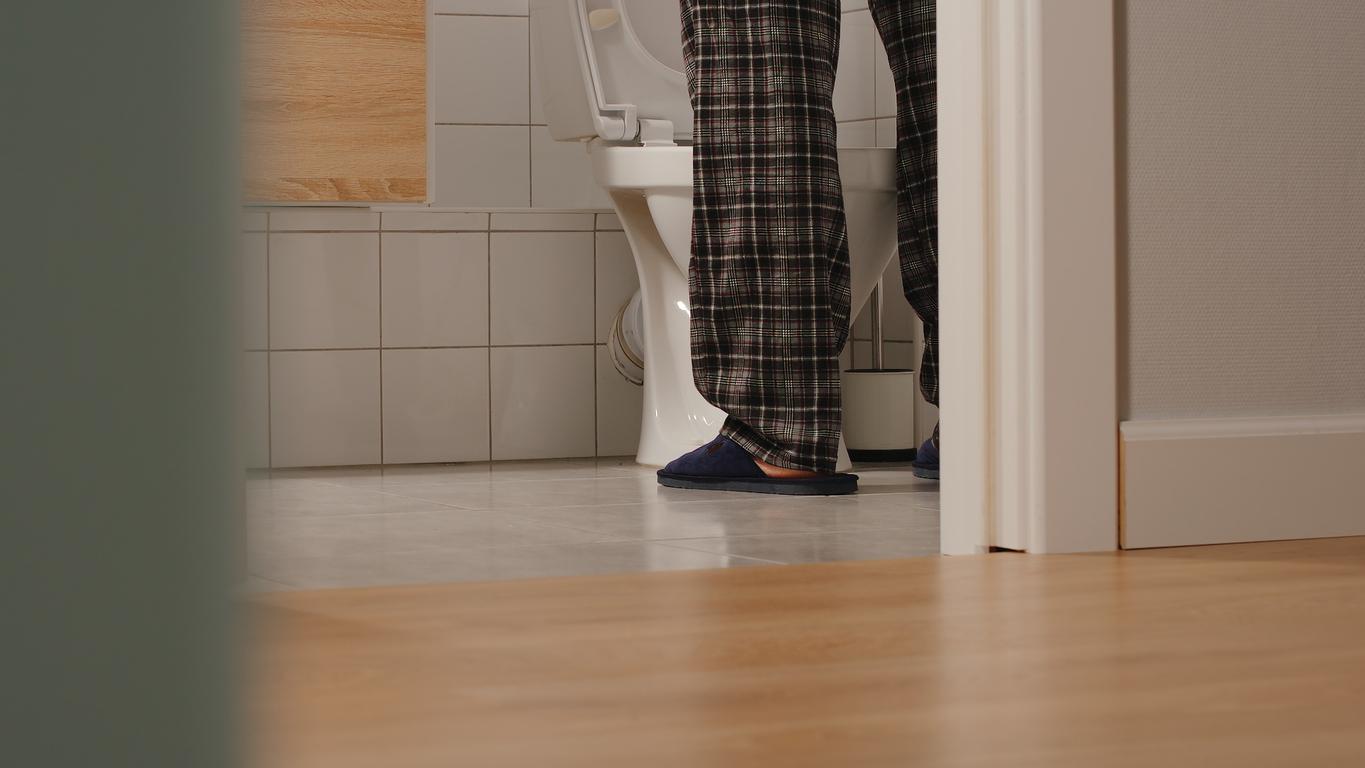Benign prostatic hyperplasia can lead to very bothersome symptoms. Medical and surgical treatments can prevent them.

- It is a benign tumor of the prostate gland which causes an increase in the volume of the prostate.
- Two million French people over the age of 50 are affected each year, i.e. more than one in two men.
“Benign prostatic hypertrophy, or prostatic adenoma, is the most common prostate pathology”explains, on the occasion of European Prostate Day, Xavier Durand, head of the urological surgery department at Paris Saint-Joseph hospital. “It induces urinary disorders of the imperious and frequent need to urinate, even at night, accompanied by a weak stream, and difficulties in emptying the bladder or the need to push”.
Benign hypertrophy is a benign tumor of the prostate gland that causes an enlargement of the prostate. Male hormones, and in particular testosterone produced by the testis, are responsible for prostate hypertrophy. Two million French people over the age of 50 are affected each year, i.e. more than one in two men.
Urinary infections, bladder stones… Painful complications
The adenoma of the prostate obstructs the opening of the bladder and compresses the channel which succeeds it. This explains the discomfort to urinate, the evacuation of the liquid becomes painful and slow. The adenoma also irritates the walls and muscles of the bladder and urethra, which explains the frequent and sometimes urgent urges to urinate. The symptoms of this disease can therefore worsen until they become a social embarrassment. It can cause complications such as urinary tract infections, urinary retention, bladder stones, and ultimately, kidney failure. The detection of this disease is done by digital rectal examination, but certain parts of the prostate cannot be exploited by this means. The examination can then be supplemented by a urine analysis or an ultrasound.
Remove the adenoma before the kidneys are damaged
Sometimes, simple measures make it possible to limit the disorders of the benign hypertrophy of the prostate. The patient can for example reduce his water intake in the evening, undergo bladder rehabilitation, remove certain stimulants such as coffee, or use drugs that reduce prostate congestion. However, only surgery can remove the adenoma. But this act is recommended only under two conditions: if the disorders are very troublesome and if the adenoma strongly interferes with the evacuation of the bladder. The most important thing is to remove the prostatic adenoma before the kidneys are too damaged.
Regain a better quality of life thanks to surgery
Among the existing techniques, the Holmium Laser Enucleation of the Prostate (HoLEP) is one of the most effective. It eliminates the risk of progressive complications of the adenoma while improving certain symptoms such as the strength of the urinary stream and good bladder emptying. After a few weeks, patients have a better quality of life: less nocturnal risings, less emergency situations, etc. The intervention requires only 24 hours of hospitalization, whereas the old techniques could require up to seven days for the largest prostate volumes.
“The patient is welcomed a few hours before his intervention in the outpatient surgery department, then he joins the urology department following his operation, where he spends the night, under surveillance”, develops Xavier Durand. “The next morning, the urinary catheter placed during the operation is removed, and after autonomous urination, the patient leaves the hospital.” Thanks to this technique, bleeding is limited, which allows the catheter to be removed earlier.
.
















